If you've ever stared into your spice cabinet trying to guess what goes with what, then this post is for you. Today, we're diving deep into the science of spice pairings — the key to unlocking perfect flavor combinations. Whether you're a weekend warrior whipping up dinner or a pro chef plating fine dining, understanding how spices interact can transform your cooking from ordinary to extraordinary.
Table of Contents
- What Are Spice Pairings?
- Why Spice Pairings Matter in Cooking
- Top 5 Spice Combinations Every Cook Should Know
- How to Use Spice Combinations Like a Pro
- Buying Guide: Choosing the Best Spices for Pairings
- Common Mistakes to Avoid When Combining Spices
- Frequently Asked Questions About Spice Pairings
- Final Thoughts on Mastering Spice Combinations
What Are Spice Pairings?
You may not have heard the term before, but if you've ever instinctively paired paprika and cumin together in chili or added turmeric to ginger for a golden latte, you've already been applying spice pairing principles — whether you knew it or not!
In simple terms, spice pairings refer to the science and art of combining complementary spices that naturally enhance each other's flavors based on their chemical makeup and traditional usage across cuisines. It's not about random combinations; it's about understanding which aromatics, heat agents, and seasonings harmonize for optimal flavor.
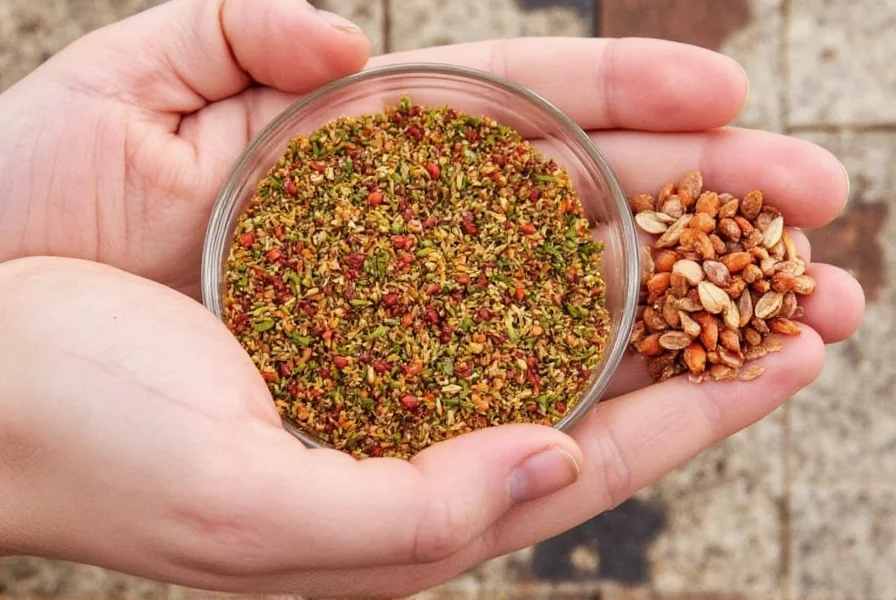
Why Spice Pairings Matter in Cooking
Ever made a dish where something just didn't taste right? Chances are, the spice profile was off. That's where understanding spice pairings comes in. By mastering these classic and modern combinations, you'll:
- Enhance depth and complexity in dishes
- Create balanced flavor profiles without over-seasoning
- Save time experimenting with spice blends
- Discover new uses for everyday pantry staples
Think of spice pairings like musical chords — some notes sound amazing together while others clash. Understanding these relationships can transform your cooking from okay to outstanding with minimal effort.
Top 5 Spice Combinations Every Cook Should Know
Let's get practical. Here are five powerful spice pairings that will elevate your meals and impress anyone at the table:
| Spice Pairing | Cuisine Style | Best For | Flavor Profile |
|---|---|---|---|
| Cumin + Coriander | Middle Eastern, Indian | Dal, stews, kebabs | Earthy, warm, aromatic |
| Turmeric + Black Pepper | South Asian | Curries, rice dishes | Golden warmth with pungency |
| Paprika + Smoked Garlic | Spanish, Cajun | Grilled meats, roasted veggies | Smoky, savory, sweet undertone |
| Fennel Seeds + Chili Flakes | Italian, Mediterranean | Tomato sauces, sausage dishes | Sweet licorice meets heat |
| Allspice + Cinnamon | Caribbean, Middle Eastern | Stews, baked goods | Warm, spicy-sweet harmony |
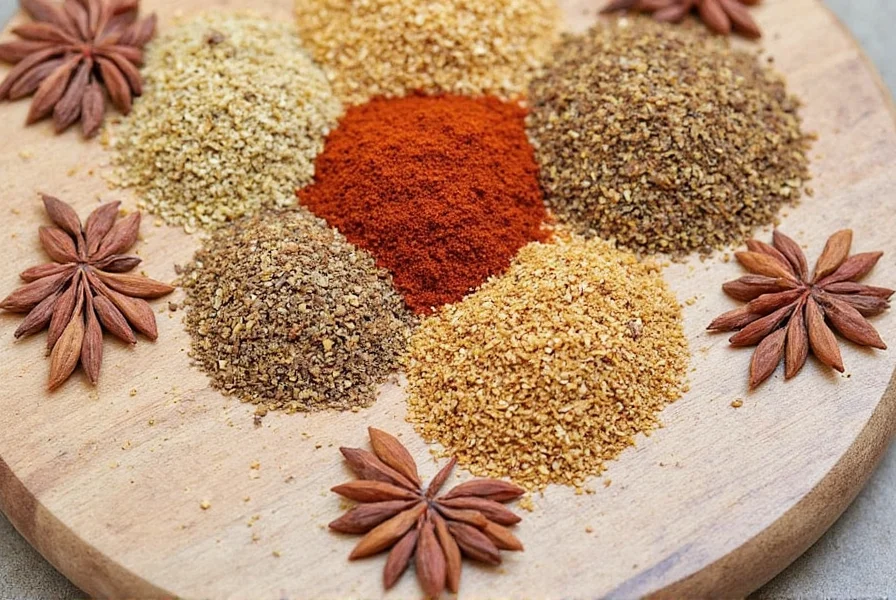
How to Use Spice Combinations Like a Pro
Once you know your favorite spice pairings, you can start applying them strategically to your cooking. Here are some techniques to take it to the next level:
- Toasting First: Always toast whole spices before grinding or adding to wet ingredients. Heat unlocks the volatile oils and intensifies flavor.
- Bloom in Oil: In sautéing or stir-frying, bloom ground spices in oil first to release their aroma before adding liquids.
- Bake with Purpose: In baking, use spice pairings to layer complexity — like nutmeg with clove or cardamom with orange zest.
- Layer in Stages: Add different elements of a spice pairing at different stages of cooking — early for base flavor, later for punchier notes.
- Balance with Acid or Fat: Don't forget to balance bold spice combinations with acid (like lemon juice) or fat (like yogurt or coconut milk).
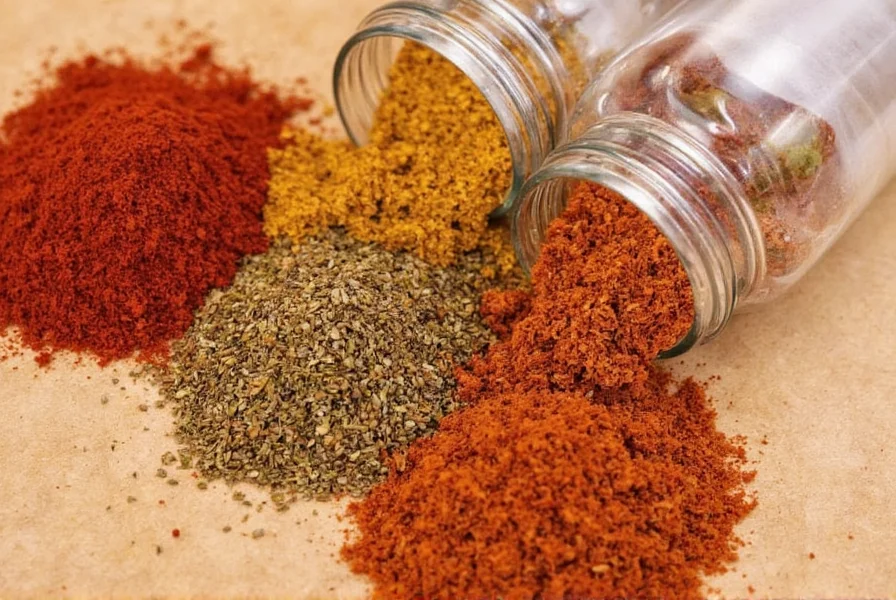
Buying Guide: Choosing the Best Spices for Pairings
Quality matters when it comes to spice blending. Freshness equals flavor power. Here's how to pick the best:
1. Whole vs Ground
- Whole spices last longer and retain potency better. Toast and grind as needed.
- Ground spices are convenient but lose potency faster. Buy in small quantities and store properly.
2. Organic vs Conventional
- Organic spices are less likely to be irradiated or treated with chemicals that dull flavor.
- Look for organic certification or reputable brands that test for purity.
3. Brand Spotlight: Top Picks for Spice Pairings
| Brand | Feature | Best For | Notable Products |
|---|---|---|---|
| The Spice Garden | Fresh, sustainably sourced | Everyday cooks | Cumin, coriander, smoked paprika |
| Penzeys Spices | Wide selection, bulk pricing | Home chefs and foodies | Allspice, cinnamon sticks, chili flakes |
| Spice Islands | High quality, fair trade | Health-focused kitchens | Turmeric powder, black pepper, fennel seeds |
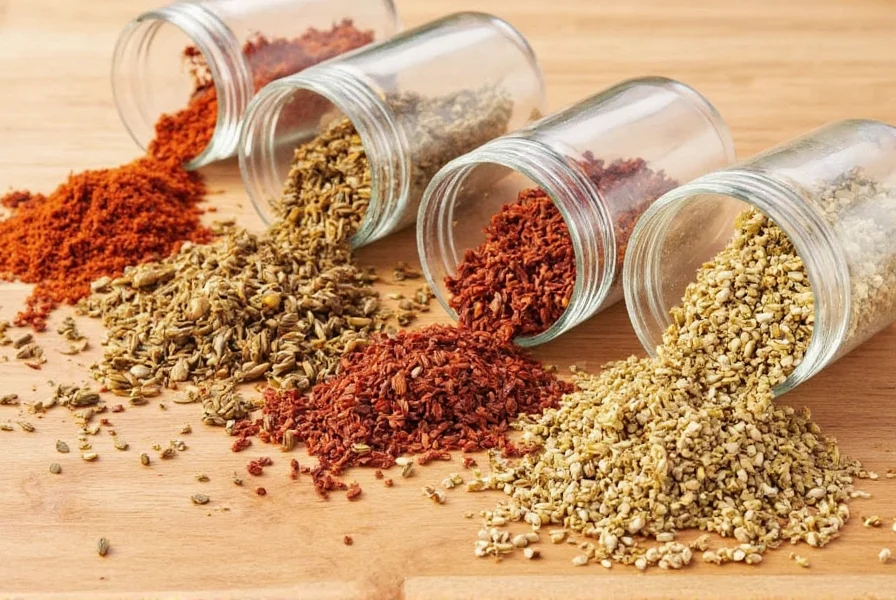
Common Mistakes to Avoid When Combining Spices
Even seasoned cooks fall into spice traps. Don't let these slip-ups sabotage your next meal:
- Overloading the dish: A little goes a long way. Start with half the recommended amount and adjust as you go.
- Mixing too many pairs: Stick to one or two spice pairings per dish to avoid muddying the flavor.
- Neglecting freshness: Old spices lose potency and flavor. Replace every 6–12 months.
- Ignoring cooking method: Some spices burn easily (like garlic powder), while others need time to bloom (like mustard seeds).
Frequently Asked Questions About Spice Pairings
What are spice pairings and how do they work scientifically?
Spice pairings refer to the science of combining spices that complement each other's flavor compounds based on their chemical makeup and traditional culinary practices. This involves understanding how volatile oils, terpenes, and other compounds interact to create harmonious flavors rather than clashing ones. For example, cumin and coriander work well together because their shared terpene compounds enhance each other's earthy notes.
How can I learn to identify good spice combinations?
Start by studying classic cuisine combinations (like Indian curries or Middle Eastern spice blends), then experiment with small batches. Pay attention to how flavors develop during cooking — taste at different stages and note which combinations create balance versus overwhelm. Keep a journal of your experiments to build your own reference guide over time.
Can I create my own spice pairings?
Absolutely! Once you understand the basic principles of flavor interaction, you can experiment with your own combinations. Start by modifying established pairings slightly (like adding a pinch of cardamom to a cumin-corriander blend), then gradually branch out as you develop your palate. Always test new combinations in small quantities before scaling up.
How do I know if my spices are fresh enough for effective pairings?
Fresh spices should have vibrant color and a strong aroma. Crush a small amount between your fingers — if the scent is weak or musty, they're past their prime. Whole spices typically stay fresh for 1-2 years, while ground spices last 6-12 months. For optimal flavor pairing, freshness is crucial as stale spices won't properly interact with their pairing partners.
Do spice pairings apply to sweet dishes as well as savory?
Yes, the principles of spice pairing work for both sweet and savory applications. In baking, classic pairings like cinnamon with nutmeg or cardamom with orange zest are examples of effective combinations. The same scientific principles apply — you're simply working with different spice profiles that suit desserts and sweet preparations.
Final Thoughts on Mastering Spice Combinations
Spice pairing isn't magic — it's simply understanding how flavors interact. Once you learn the key combinations and apply them thoughtfully, you'll cook with more confidence, create richer flavors, and maybe even invent your own signature blends.
So the next time you're standing in front of your spice rack wondering "what goes well with what?" remember — you now have the ultimate cheat sheet. Go forth, blend boldly, and enjoy the journey!
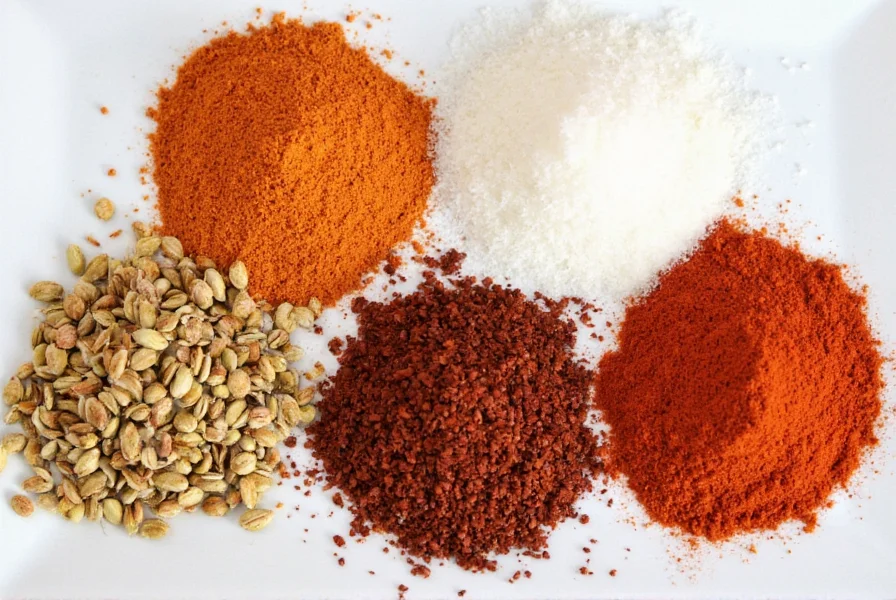

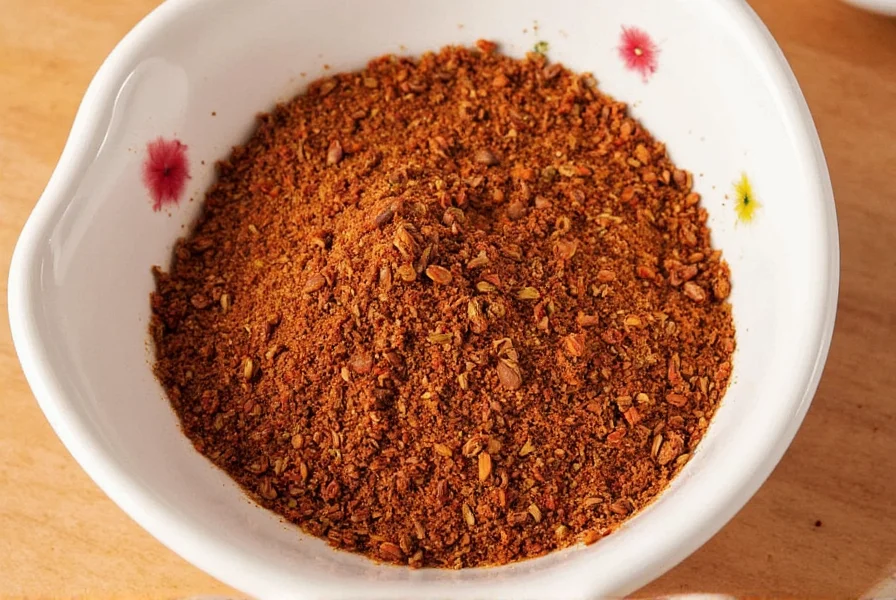









 浙公网安备
33010002000092号
浙公网安备
33010002000092号 浙B2-20120091-4
浙B2-20120091-4